Mediterranean garden ideas
green_CA
18 years ago
Featured Answer
Comments (36)
butterfly15_ca
18 years agolast modified: 9 years agoCA Kate z9
18 years agolast modified: 9 years agoRelated Professionals
Maple Valley Landscape Architects & Landscape Designers · Garden City Landscape Architects & Landscape Designers · Mountain Brook Landscape Architects & Landscape Designers · Canton Landscape Contractors · Caldwell Landscape Contractors · Hannibal Landscape Contractors · Holland Landscape Contractors · Merced Landscape Contractors · Middletown Landscape Contractors · Nashua Landscape Contractors · New Braunfels Landscape Contractors · Harvey Swimming Pool Builders · 45056 Window Contractors · Godfrey Window Contractors · Redwood City Window Contractorsgreen_CA
18 years agolast modified: 9 years agogardenguru1950
18 years agolast modified: 9 years agosumcool
18 years agolast modified: 9 years agogardenguru1950
18 years agolast modified: 9 years agokassiebum
18 years agolast modified: 9 years agosusi_so_calif
18 years agolast modified: 9 years agoCA Kate z9
18 years agolast modified: 9 years agosumcool
18 years agolast modified: 9 years agoCA Kate z9
18 years agolast modified: 9 years agosumcool
18 years agolast modified: 9 years agogreenwitch
18 years agolast modified: 9 years agomarvelousmarvin
18 years agolast modified: 9 years agosumcool
18 years agolast modified: 9 years agobahia
18 years agolast modified: 9 years agoMarianne018
18 years agolast modified: 9 years agomarvelousmarvin
18 years agolast modified: 9 years agobahia
18 years agolast modified: 9 years agoyoureit
18 years agolast modified: 9 years agogreenwitch
18 years agolast modified: 9 years agomarvelousmarvin
18 years agolast modified: 9 years agogreen_CA
18 years agolast modified: 9 years agosumcool
18 years agolast modified: 9 years agoMarianne018
18 years agolast modified: 9 years agohoovb zone 9 sunset 23
18 years agolast modified: 9 years agosumcool
18 years agolast modified: 9 years agofloatingaround
17 years agolast modified: 9 years agoBecR
17 years agolast modified: 9 years agofloatingaround
17 years agolast modified: 9 years agoBecR
17 years agolast modified: 9 years agoyong
17 years agolast modified: 9 years agoMikey
17 years agolast modified: 9 years agokalford1_pacbell_net
17 years agolast modified: 9 years agolovesgardening
17 years agolast modified: 9 years ago
Related Stories
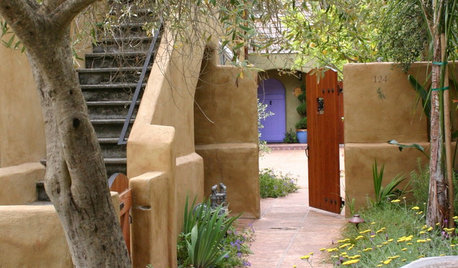
GARDENING AND LANDSCAPINGLay of the Landscape: Mediterranean Garden Style
Earthy, lush and warmly welcoming, a Mediterranean garden can thrive in any warm-climate landscape with a few adaptations
Full Story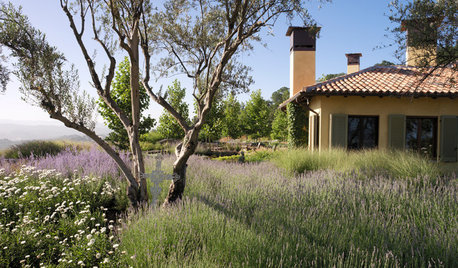
LANDSCAPE DESIGN8 Elements of Mediterranean Garden Style
Opt for olives and take up with tile. Mild-climate gardens everywhere can benefit from the features of their Mediterranean cousins
Full Story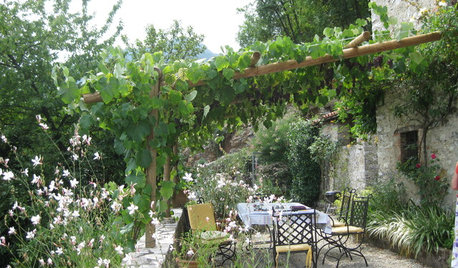
LANDSCAPE DESIGNRecipe for Mediterranean Edible Garden Style
The only thing better than a delicious meal outdoors is the satisfaction of growing some of the key ingredients yourself
Full Story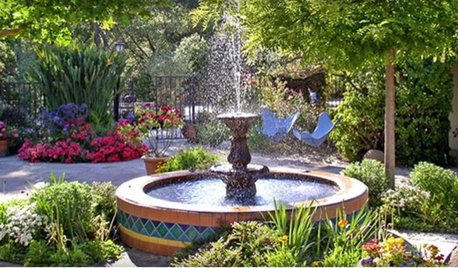
GARDENING AND LANDSCAPINGGet the Look: Spanish-Mediterranean Courtyard
Extend Your Living Area Outdoors With a Classic Garden Patio
Full Story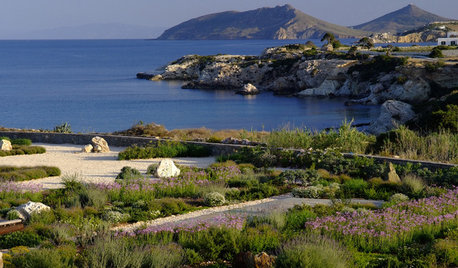
GARDENING AND LANDSCAPINGGarden Tour: Enchanting Greek Landscape
Get Ideas for Mediterranean-Style Plantings on a Beautiful Paros Garden Stroll
Full Story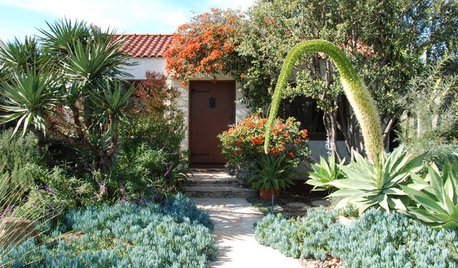
MY HOUZZMy Houzz: Early-California Style for a 1920s Home and Garden
Native plantings and flea market treasures fill the cozy live-work space of a Southern California landscape designer
Full Story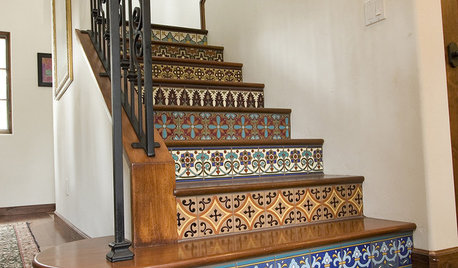
DECORATING STYLES7 Ways to Add Mediterranean Elegance to Your Home
Embrace the easy style and romance of the Mediterranean through color, texture, classic accents, and light
Full Story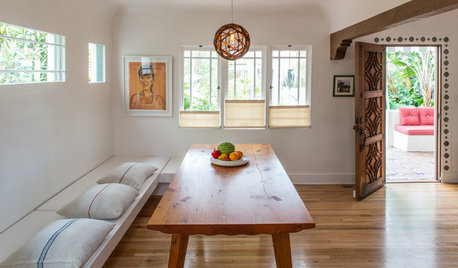
ECLECTIC HOMESHouzz Tour: Mediterranean Minimalism for a California Bungalow
Newly opened spaces and minimalist details help a Spanish-style home get ready to entertain
Full Story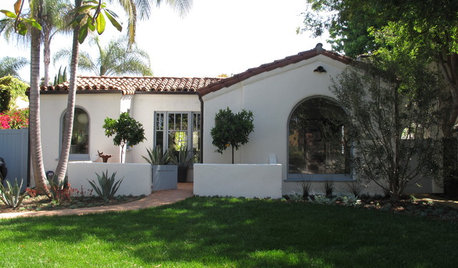
ARCHITECTURERoots of Style: Many Cultures Make Their Marks on Mediterranean Design
If you live in California, Florida or certain other parts of the U.S., your architecture may show distinct cultural influences
Full Story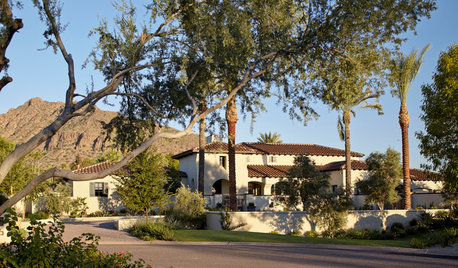
MEDITERRANEAN STYLEHouzz Tour: The Making of a Mediterranean House
A home starts life as a melting pot, but interior designers narrow the focus
Full StoryMore Discussions






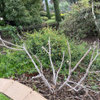
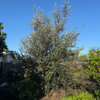
gardenguru1950